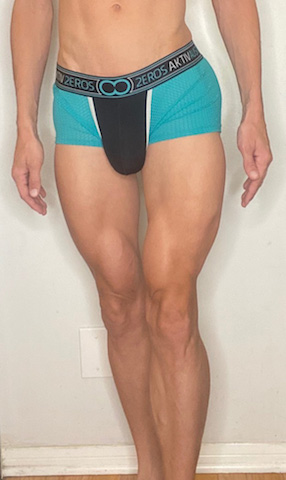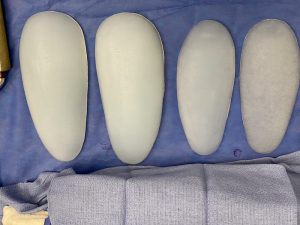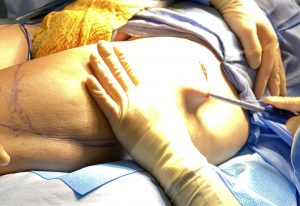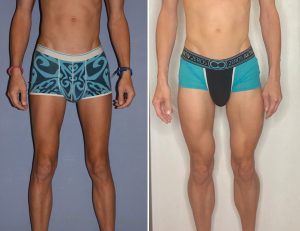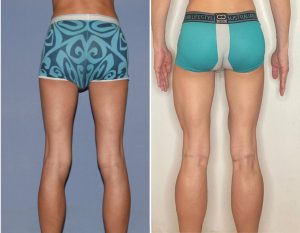Background: Aesthetic leg augmentations most commonly are done in the lower half of the leg for the calf muscles. The medial and lateral gastrocnemius muscles have a longitudinal orientation with an enveloping fascia. Because the muscle needs to slide within this enveloping fascial sheath for extension and flexion, a subfascial pocket can be created into which an implant can be placed. This creates an external appearance of an enhanced muscle size.
But the upper leg also has ongitudinal muscles with enveloping fascial sheaths which can be similarly augmented. The quad muscles are located at the front and sides of the anterior thigh and consist of the rectus femoris, and the vastus lateralis, medialis and intermedius muscles. These are strong muscles that are primarily responsible for hip extension and flexion at the knee joint. They are prone to muscular hypertrophy by exercise as demonstrated by body builders and athletes. As a result these are the targeted muscle for aesthetic augmentation.
Of all the quad muscles there are three that can be augmented by subfascial implants. The rectus femoris is the most noticeable as it runs down the middle of the front of the thigh. The vastus lateralis is to the outer side of the rectus femoris and is actually bigger than the rectus femoris. The vastus medialis, the inner equivalent of the lateralis, runs along the inner thigh most prominently just above the knee. The vastus intermedius, however, lies underneath the rectus femoris muscle and thus is not available for augmentation.
When augmenting the quad muscles it is important to note that the recovery will primarily affect knee flexion and extension as that is their primary role in lower leg movement. As the calf muscles are responsible for plantarflexion of the foot and ankle, combining thigh and calf muscle implants in a single surgery makes for major limitations in walking in the early recovery period.

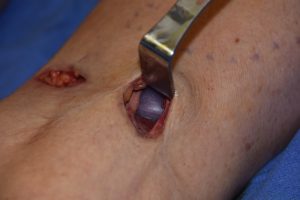
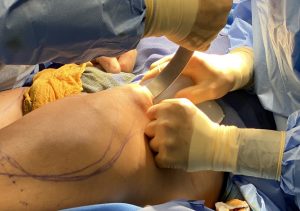
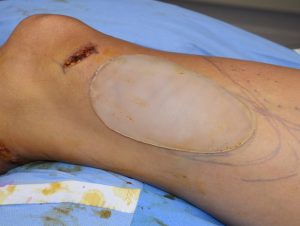
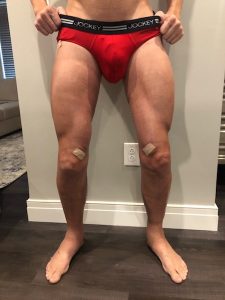
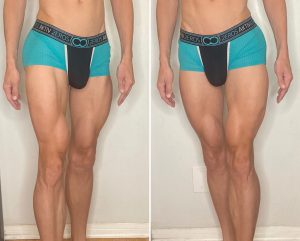
Case Highlights:
1) Aesthetic lower leg augmentation is historically associated with the calfs but the thighs offer an opportunity to do so as well.
2) Thigh muscles that can be successfully augmented include the rectus femoris, versus laterals and the vastus medialis.
3) Combining upper and lower leg implants in a single surgery poses challenges during the recovery phase.
Dr. Barry Eppley
Indianapolis, Indiana

